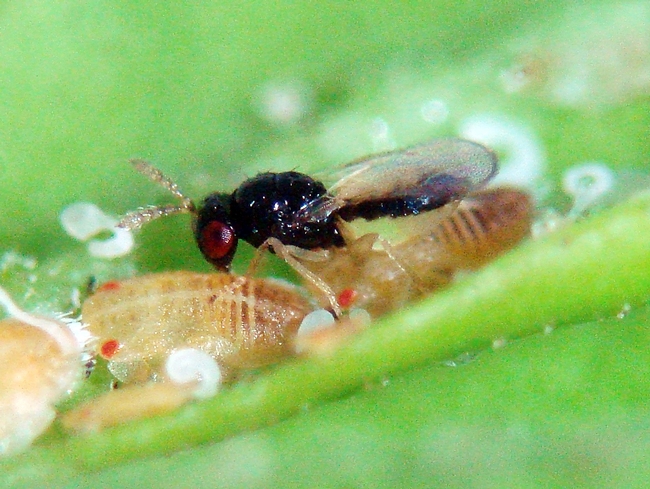
An exotic species in California, psyllids feed on citrus or close relatives of citrus and can spread a bacterium that causes Huanglongbing (HLB) disease.
"It's a death sentence for a citrus tree," said CDFA spokesman Steve Lyle. "The only thing left to do with the trees is to cut them down and burn them, and that would be devastating to the citrus industry."
To date, HLB has not been found in California. However, Lyle said its arrival is "not a matter of if, but when."
New CSUF projects help in fight against obesity
Danny Chau, The Daily Titan
Cal State Fullerton received more than $800,000 in grants from USDA to fund three new projgrams on campus that will promote nutrition education and the fight against childhood obesity.
The project will train 80 diverse students in nutrition and childhood obesity.
“The nice thing about it is the students will get exposure to leading scientists in the field and by our collaboration with UC Davis,” said Archana J. McEligot, associate professor of health science at CSUF.